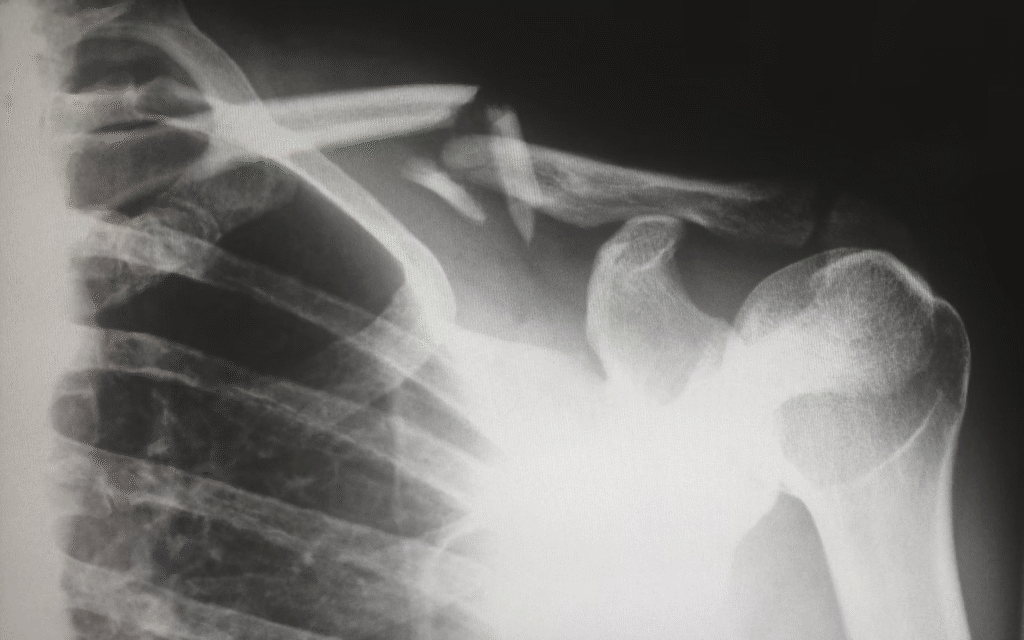The full functionality of ambulance cars plays a pivotal role in providing timely and effective care. Ambulances aren’t just vehicles; they’re a lifeline, requiring meticulous attention to detail in their design and equipment.

Let’s explore key aspects of maximizing ambulance functionality to ensure they’re well equipped for the critical task of saving lives. Striking the right balance between speed, safety, and medical capability is essential to create an efficient emergency response system.
Vehicle Design and Layout
The foundation of effective emergency care begins with the thoughtful design and layout of ambulance interiors. Efficient storage of medical equipment, strategic placement of life-saving devices, and ergonomic considerations for paramedics all contribute to a seamless workflow during emergencies. The design process must also account for patient comfort and accessibility, recognizing that a well-organized ambulance interior aids in the delivery of rapid and effective medical interventions.
Ambulances should serve as mobile medical hubs, ensuring that paramedics have immediate access to the tools they need to address diverse emergency situations.
Strategic Upfitting for Enhanced Performance
To meet the evolving demands of emergency medical services, the process of upfitting becomes crucial. This involves customizing ambulances with specialized equipment tailored to specific needs. From modular storage solutions to power supply enhancements, emergency vehicle upfitting ensures that ambulances are agile, well equipped, and adaptable to diverse emergency scenarios. Strategic upfitting is a continuous process, responding to emerging challenges and ensuring that ambulances are prepared for the complexities of modern emergency medicine.
Advanced Life Support (ALS) Equipment
Equipping ambulances with state-of-the-art ALS equipment is paramount for providing advanced medical interventions on the scene. This includes cardiac monitors, defibrillators, and ventilators, allowing paramedics to stabilize patients before reaching the hospital. Regular updates to these technologies are essential to ensure the highest standard of care. Incorporating cutting-edge medical devices into ambulances not only enhances patient outcomes but also reflects a commitment to staying abreast of medical advancements, ensuring that pre-hospital care remains at the forefront of medical innovation.
Communication Systems
Communication is the heartbeat of emergency response. Ambulances must be equipped with robust communication systems, connecting paramedics with hospitals and dispatch centers. Integration of advanced radio systems and telemedicine capabilities enhances coordination and ensures that critical information is relayed swiftly.
Seamless communication is the linchpin of a well-coordinated emergency response network, fostering collaboration between paramedics, emergency room personnel, and other healthcare providers. The ability to share real-time data and receive medical guidance remotely empowers paramedics to make informed decisions, improving patient outcomes.
Driver Training and Safety
The functionality of an ambulance extends beyond medical equipment; it includes the skills of the driver. Specialized training for ambulance drivers is essential for navigating through traffic, adhering to traffic rules, and ensuring the safety of both the crew and the patient. Emphasizing driver safety contributes to the overall effectiveness of emergency responses. Beyond mastering the technical aspects of driving an emergency vehicle, drivers must also possess a deep understanding of the urgency and responsibility associated with their role.
Ongoing training programs and safety protocols support drivers in making split-second decisions, ultimately enhancing the reliability and safety of ambulance services. The human element in ambulance functionality is as crucial as the technological components, emphasizing the importance of a well-trained and safety-conscious team.







